Climate change policies, the Billion Tree initiative and recent news promote the establishment of extensive pine plantations to benefit Aotearoa New Zealand’s climate change response by sinking carbon. Others have questioned the benefit of short-rotation plantation pines compared to natural regeneration of native forests. Whilst afforestation has an important role in New Zealand’s climate change response, we need to be clear about future implications.
There are both native and introduced tree species that grow fast and others that grow more slowly. Consider along with the speed of sequestration, the total carbon stocks that can be accumulated, and how long sequestration rates can be sustained. These rates depend on whether the forest is permanent and allowed to grow to maturity (i.e. not harvested) or harvested.
Fast-growing trees such as pines or eucalypts in harvested plantations reach their maximum carbon storage capacity in about 20 years. Landowners then lose most of those carbon stocks when the forest is harvested; NZ loses most of the embedded carbon when logs are exported; furthermore, the globe loses most of those stocks back into the atmosphere as the products decay, as well as through associated emissions from forest management, transport and processing. Thus to store more carbon actually requires another forest to be planted on new land that is not already forested, while also continuing to replant and maintain the previous area in forest to recover the lost carbon stocks. That is, plantation areas will need to be doubled in size with every crop.
By comparison, a permanent forest growing at half the rate would accumulate twice the carbon stocks and offer positive sequestration for 80 years. To meet NZ’s 2050 climate change goals using the fast option requires the current area in plantations to be doubled. That would result, about 20 years later, in NZ having approximately 3.4 million ha of plantations, but no further sequestration. But it is unlikely that climate change will be solved by 2050. Afforestation alone cannot solve the climate change problem, but it can help to offset emissions while emissions reduction solutions are found. But it is not a quick fix. We need to consider the balance of forests that grow faster or slower, those that are permanent or harvested and we also need to know the actual net carbon accumulation rates of forests. At present, we measure only the trees.
Only after we consider all the emissions inputs and outputs associated with forestry can we know the net impact on the atmosphere. For example, if forests are grown on land that was previously used to graze animals, or if harvested wood products are used to replace steel or concrete in construction, there could be an additional atmospheric gas exchange benefit. Equally, there are emission losses from forest management, soil disturbance, product processing/transport and the decay rate of carbon in harvested wood products to consider. In a harvested system many emission sources are repeated with every future harvesting rotation and so net unaccounted losses will accumulate through time. To understand the actual atmospheric gas-exchange benefit that plantation forests offer requires a full carbon life-cycle analysis run for multiple rotations.
There are other threats and risks from substantial increases in plantation forest land, such as more wilding pines, landscape impacts, social impacts of extensive plantation monocultures, a biosecurity risk of having a national policy tied predominantly to a single tree species, reduced water flows in drought-prone areas, and increased fire risk. Forest fires are expected to increase under climate change predictions of increased droughts, which impact on surrounding values (seen with recent forest fires in Nelson and Christchurch Port Hills) but also impact on forest carbon stocks themselves.
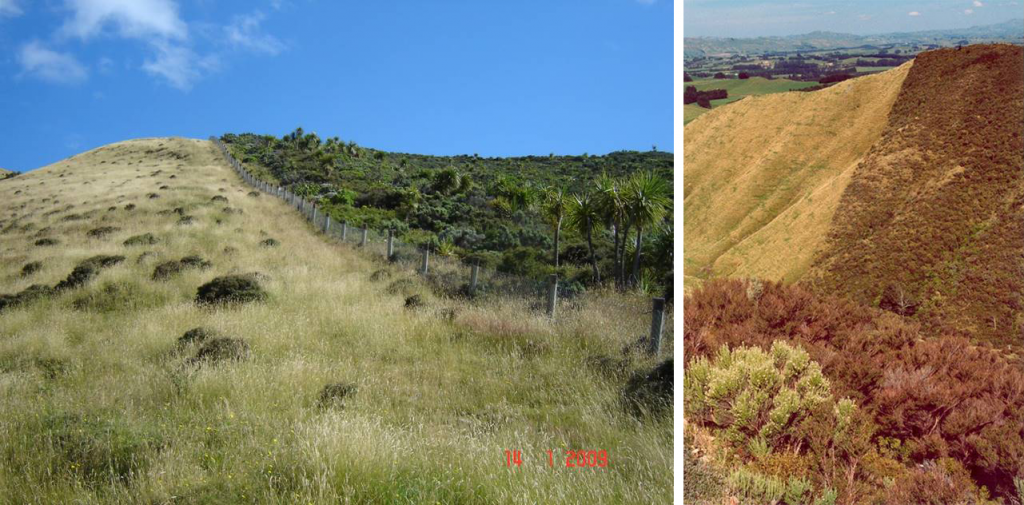
Grazed vs. ungrazed land, enabling native regeneration when adequate seed source nearby, Cape Lambert(L), Norsewood(R)
Harvested wood products (HWP) such as paper, cardboard and construction boxing typically last only a short time. Timber that is used for building framing or furniture can last for decades. A new global study has shown the global sink created by HWP to be just 1% of annual global emissions, so it can be useful but is generally not large. NZ has yet to make an overall assessment of the decay rate of HWP from harvested plantation timber, but it’s been shown that the average carbon half-life of HWP produced from NZ logs in China, Korea and India were 6.6, 18.0 and 2.5 years respectively. These decay rates represent a large proportion of NZ’s harvested timber so it is highly likely that the overall life of HWP for the entire output of NZ pine plantations is relatively short. That is, for plantings already established, by around 2050 they’ll no longer be sequestering any carbon.
Permanent afforestation forest that is never harvested, but left to continue to grow to maturity, sequesters more carbon than fast-grown harvested plantations. The average carbon stock of pine plantations in NZ is about 160 tC/ha. The average carbon stocks of a mature native forest exceed 270 tC/ha. Permanent native afforestation offers many benefits for climate change policy, the environment, landscapes, biodiversity, communities, fire resilience and land values. If natural regeneration of native forests is facilitated, rather than revegetation through native plantings across open country, then costs are far lower. With natural regeneration the emissions cost of forest management and the exported timber are reduced or eliminated. Estimates of 1.4 million hectares of existing shrublands that could naturally succeed to the native forest have been made. This is a low-cost option for establishing permanent offset forests.
Instead of destocking farms and blanketing them with pines, integrating permanent native forests, long-term tree crops and food forests into productive farmland provides a more sustainable option for communities, their landscapes, and carbon offsets.
Afforestation offsets will play an important role in New Zealand’s future climate change response. Fast-growing harvested plantations will result in a short-term gain but long-term potential future impacts affecting national carbon budgets, environment, communities and our lands of small landscapes. Instead, we need to make better use of permanent forest offsets that will continue to accumulate more carbon for a longer time, with less associated emissions. Encouraging extensive areas of naturally regenerating native forests are therefore an obvious part of the solution.

This article is co-authored by Larry Burrows.
Larry Burrows is a forest ecologist with Manaaki Whenua-Landcare Research who has worked on growth rates and carbon sequestration of native trees, shrublands and early successional forests for more than 20 years.

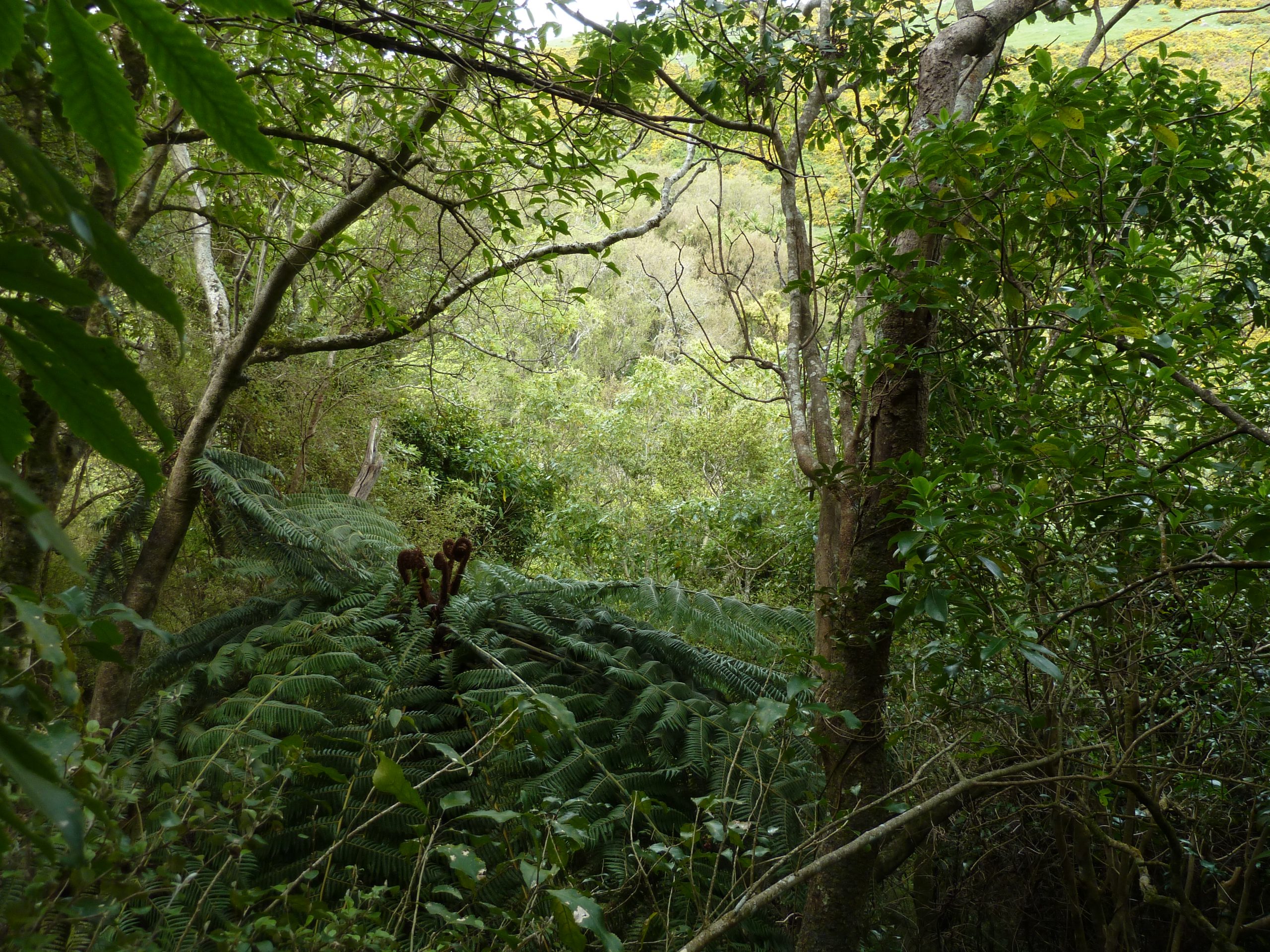
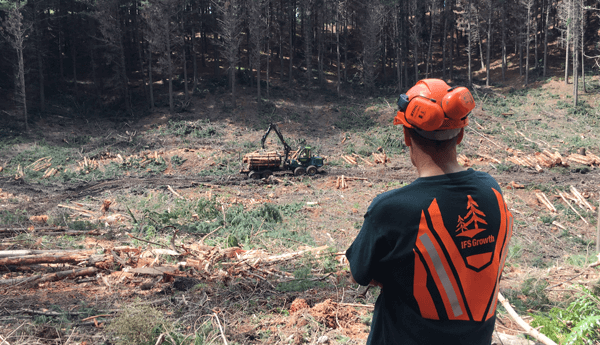
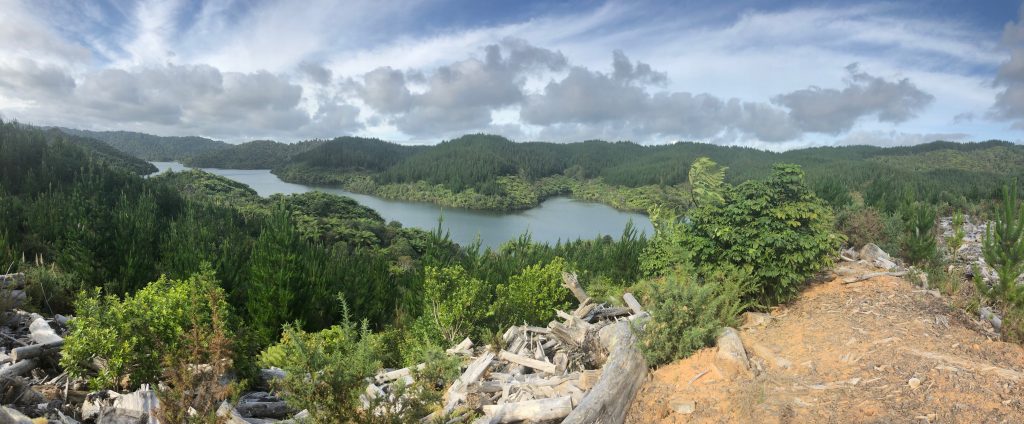
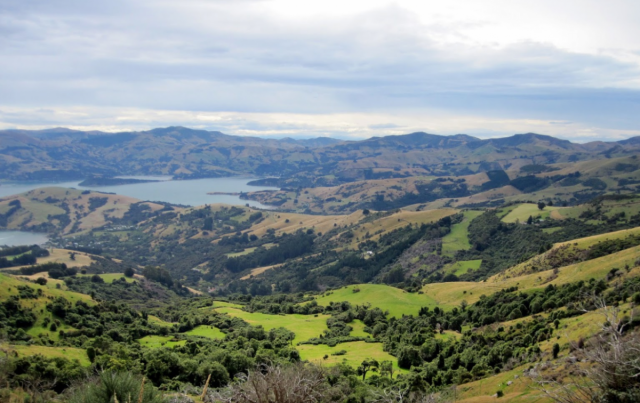
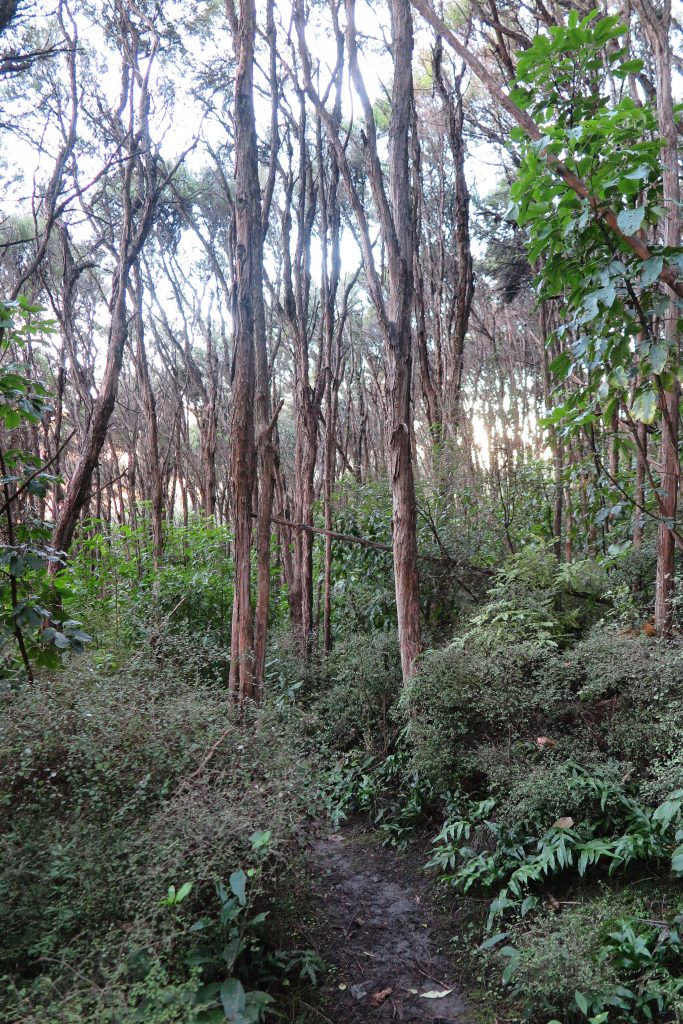


Leave a comment